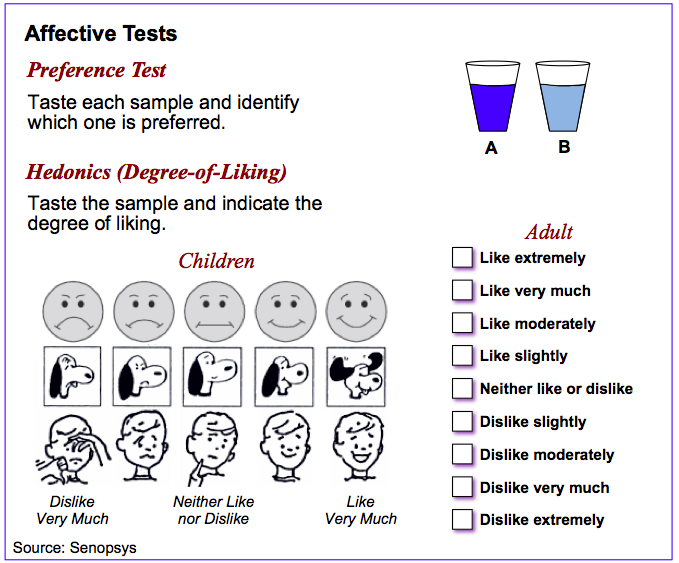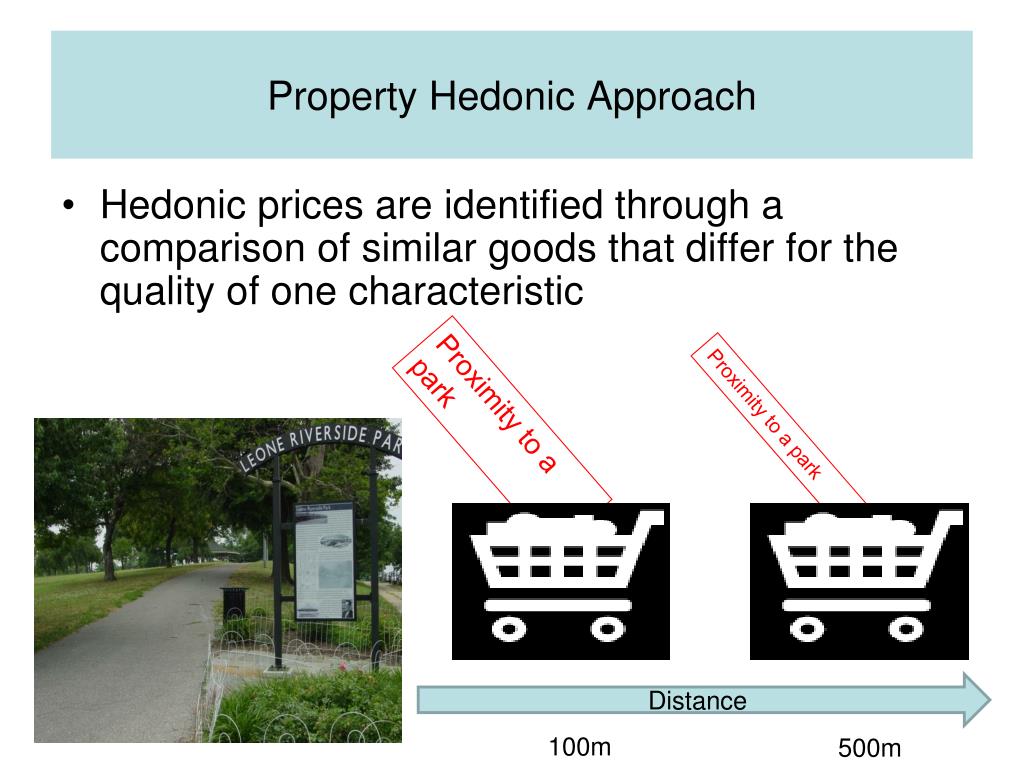

The economic value (consumer surplus) of a protected area is estimated once the demand curve is derived from the survey. The price is usually the sum of the entry fees to the site, cost of travel, and opportunity cost of time spent. Data should be collected in the actual area affected through intensive surveys of the users. Theoretically, the demand for a recreational site (e.g., number of visits per year to a forest area) is a function of exogenous variables like uniqueness of the area, transportation cost, income, age, educational level, and socio-economic characteristics of the users.

The travel cost method (TCM) seeks to determine the value of a protected area, such as recreational forest. Some of the common techniques used include the travel cost method, hedonic pricing method, and wage differential method. In this situation, changes in ecological, biological, or environmental quality is reflected in prices of consumer goods, such as houses, land, and wage. The implicit market approach assumes the linkages between the marketed goods and services and the non-marketed goods including ecological, biological, and environmental values.

Topic 2: Supporting Services & Cultural Services.Topic 1: Provisioning Services & Regulating Services.Topic 4: SFM Criteria and Indicators of Region and/or Country led Initiatives.Topic 3: SFM Principle and Criteria of Non-Governmental Processes.Topic 2: SFM Criteria and Indicators of Inter-governmental Processes.Topic 1: Economic Growth and Sustainable Development.


 0 kommentar(er)
0 kommentar(er)
